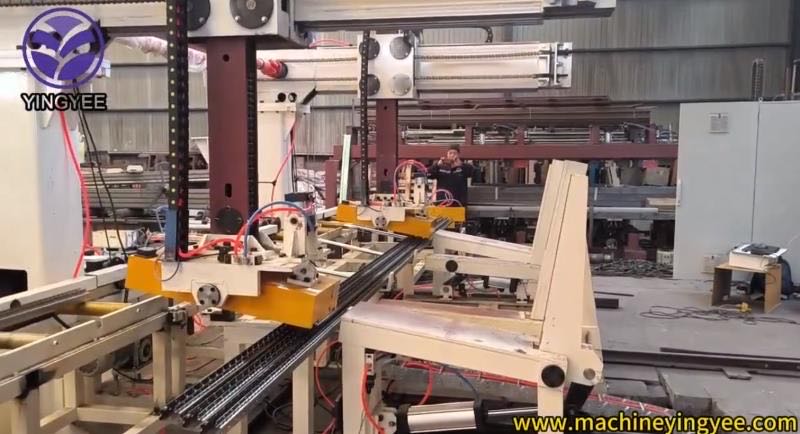
The Evolution of High-Speed Slitting Lines Enhancing Efficiency in Metal Processing
In the evolving landscape of manufacturing, the demand for faster, more efficient production methods has led to significant advancements in metal processing technologies. Among these advancements, high-speed slitting lines have emerged as a crucial component for industries dealing with large rolls of metal, such as steel and aluminum. These systems not only enhance productivity but also ensure precision and quality in metal conversion.
What is a High-Speed Slitting Line?
A high-speed slitting line is an automated assembly designed for cutting wide coils of metal into narrower strips or sheets. The process starts with a large roll of metal, typically known as a mother coil, which is unwound and passed through a series of machines that perform the slitting operation. These lines typically consist of various components, including uncoilers, slitting machines, recoilers, and tensioning systems, all working together seamlessly to achieve high throughput rates.
Key Advantages of High-Speed Slitting Lines
There are several key benefits driving the adoption of high-speed slitting lines in manufacturing
1. Increased Efficiency With the ability to process metal at speeds exceeding 200 meters per minute, high-speed slitting lines significantly reduce production times. This efficiency allows manufacturers to respond quickly to market demands and reduces lead times for customers.
2. Cost Savings The automation and speed of these slitting lines lead to lower operational costs. Reduced labor costs, minimized material wastage, and increased throughput translate to higher profitability for manufacturers.
3. Precision Slitting Modern slitting lines are equipped with advanced technology that enables precise cutting. This precision is critical for industries where the quality of the finished product directly impacts end-user satisfaction, such as automotive and construction sectors.
4. Versatility High-speed slitting lines can handle a variety of materials, including stainless steel, aluminum, and copper. They can also accommodate different thicknesses and widths, making them versatile for various applications across diverse industries.

5. Improved Quality Control Many slitting lines are equipped with in-line inspection systems that monitor the quality of the slitted material in real-time. This ensures that any defects are detected and rectified immediately, maintaining high-quality standards throughout the production process.
Technological Innovations in Slitting Lines
The evolution of high-speed slitting lines has been marked by significant technological innovations. Automation technologies, such as programmable logic controllers (PLCs) and human-machine interfaces (HMIs), allow for easier operation and monitoring. These systems enable operators to program specific cutting patterns and parameters, ensuring consistency throughout production runs.
Moreover, advancements in blade technology have enhanced the cutting performance of slitting lines. High-speed steel blades and carbide-tipped options provide longer life and greater resistance to wear, resulting in lower downtime for blade replacement and maintenance.
Applications of High-Speed Slitting Lines
High-speed slitting lines are utilized across a wide range of industries. The automotive sector relies on slitting lines to produce components like body panels and brackets. The construction industry uses them to process steel sheets for various structural applications. Additionally, manufacturers of electronic equipment and appliances depend on precise metal strips for their products.
Future Trends
As industries continue to seek greater efficiency and sustainability, high-speed slitting lines will likely evolve further. The integration of Industry 4.0 concepts, such as IoT and data analytics, will allow manufacturers to optimize the slitting process, reducing waste and energy consumption. Predictive maintenance will emerge as a standard practice, minimizing unplanned downtimes through advanced diagnostics.
In conclusion, high-speed slitting lines represent a significant advancement in metal processing technology. Their ability to combine high efficiency, precision, and versatility makes them a vital asset for manufacturers across various sectors. As technology continues to advance, so too will the capabilities of these systems, driving productivity and innovation in the manufacturing landscape for years to come.